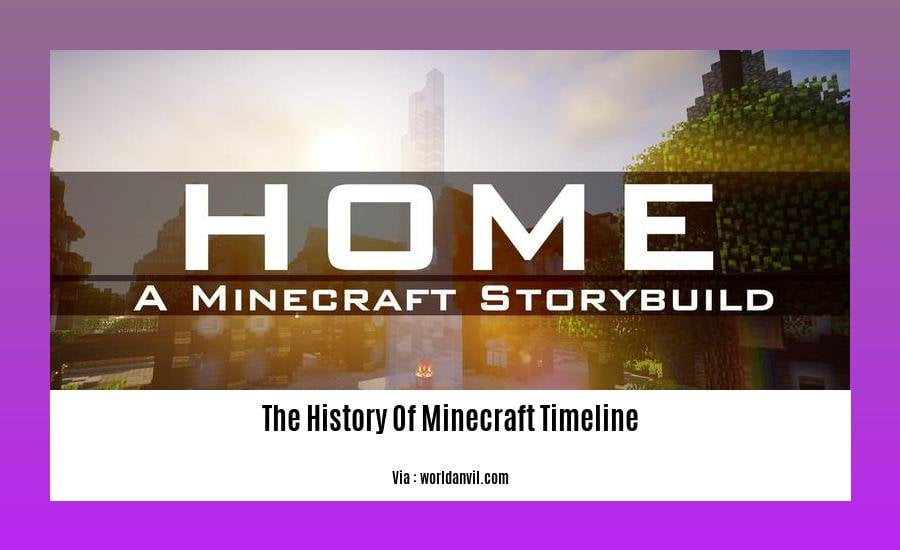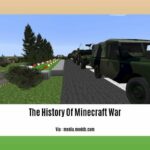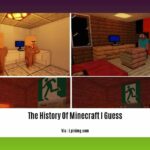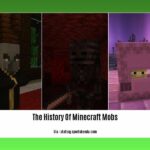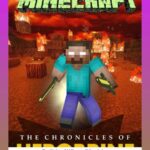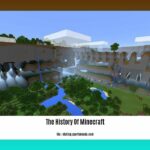Welcome to the incredible journey through time that is Minecraft’s timeline. Get ready to discover the story of how an ordinary game about building blocks evolved into a giant in the gaming world. We’ll uncover the secrets, the breakthroughs, and the moments that shaped the Minecraft phenomenon. From its birth as a simple sandbox game to its global takeover, we’ll dive into the captivating history of one of the most influential video games ever. Whether you’re a Minecraft veteran or just curious to see what the buzz is about, join us as we unravel the epic adventure that is the evolution of Minecraft.
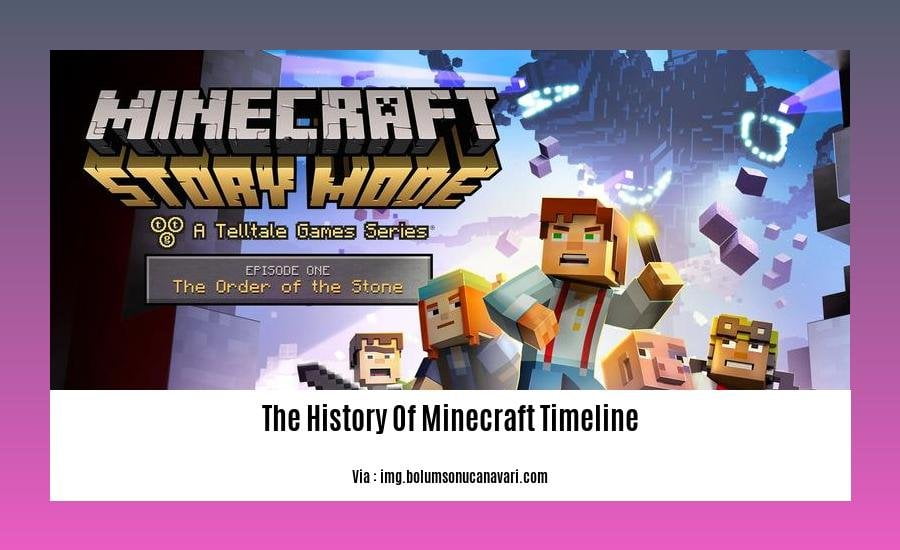
The Block-Building Bonanza: Minecraft’s Epic Timeline
Prepare to be transported back in time as we unravel the captivating history of Minecraft, a game that’s left an unforgettable mark on the world.
The Genesis: Cave Game
Imagine the year 2009. A young Swedish whiz kid named Markus Persson (Notch) had a clever idea: a game where you could explore an endless world made of blocks. He called it “Cave Game,” and the adventure began!
The Beta Blast-Off
Two years of tinkering later, “Cave Game” evolved into Minecraft Beta. Players could now build, craft, fight, and do all sorts of crazy stuff. The community grew like wildfire, and the game’s unique charm became undeniable.
November 2011: Minecraft 1.0 – The Big Bang
On a fateful day in November 2011, Minecraft 1.0 was born. It was like the game had finally reached adulthood! A brand-new look, faster gameplay, and a whole new dimension to explore – The End.
Minecraft’s popularity went supersonic, making it the game everyone was talking about. It was a blend of adventure, creativity, and survival that hooked people of all ages.
The Expansionary Era
Over the years, Minecraft has kept on growing like an unstoppable force. The Nether Update brought us fiery biomes and terrifying creatures. The Caves & Cliffs Update made us explore deeper and higher than ever before.
And don’t forget the multi-platform invasion! Minecraft conquered consoles, mobile phones, and even virtual reality headsets, spreading its block-building magic far and wide.
Minecraft Today: A Global Powerhouse
Fast forward to today, and Minecraft is an undisputed gaming giant. With over 238 million copies sold worldwide, it’s a global phenomenon that’s still going strong.
From inspiring epic creations to fostering learning in classrooms, Minecraft has had a profound impact on our culture, creativity, and education.
The future of Minecraft is as bright as the diamonds you find in its depths. As the game continues to evolve, one thing is clear: its legacy as a game-changer is set in stone. So let’s keep building, exploring, and making our own unforgettable memories in the wonderful world of Minecraft!
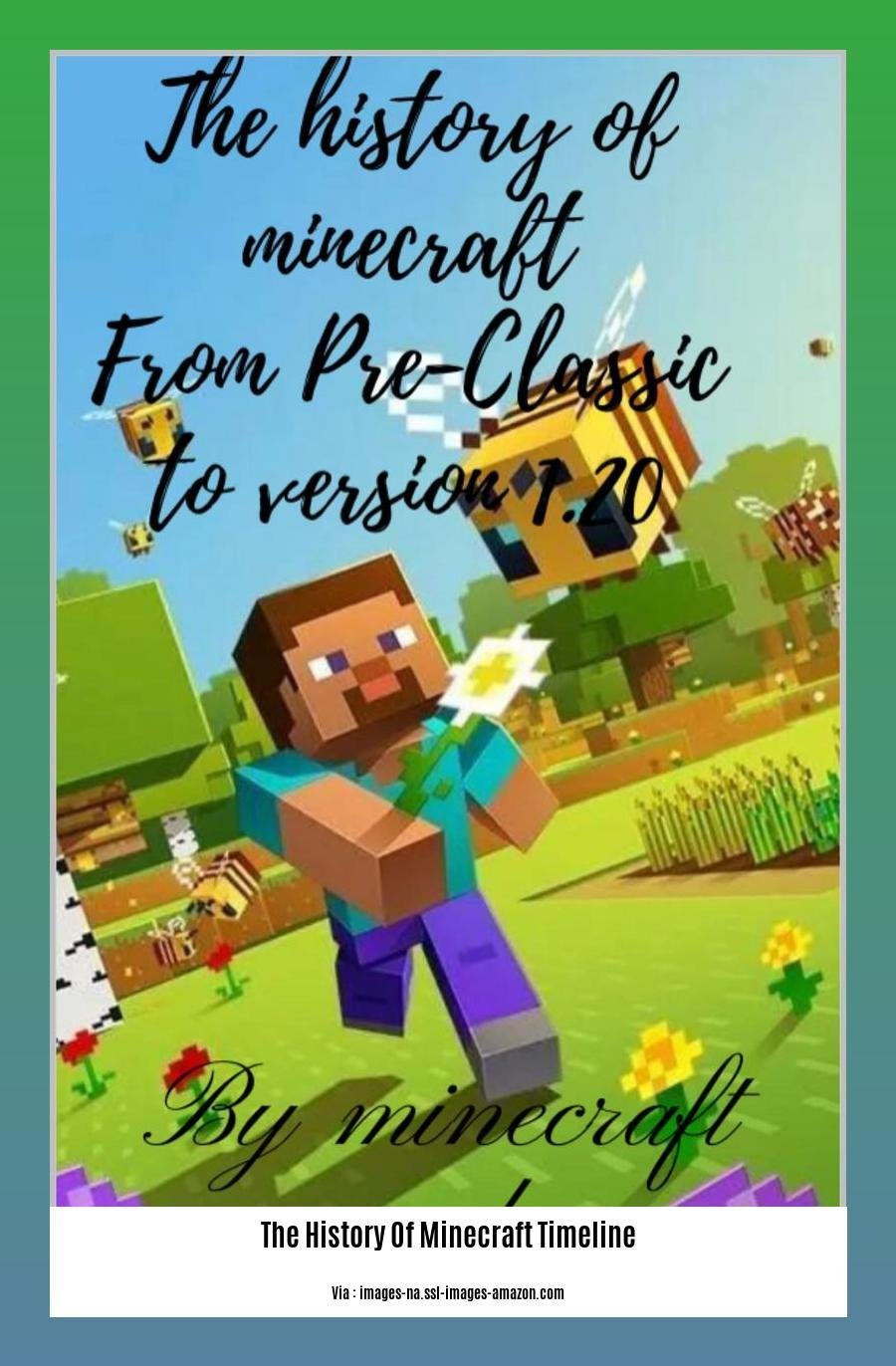
From Humble Beginnings to Global Phenomenon: A Minecraft Timeline
Have you ever wondered how a simple game like Minecraft turned into a global obsession? Its journey is an extraordinary tale of creativity, innovation, and sheer passion.
Back in 2009, Markus “Notch” Persson, a Swedish programmer, had an idea. He wanted to create a game where you could build anything you could imagine, using blocks. Little did he know, this humble project would soon become a worldwide sensation.
From its early days as a sandbox game called “Cave Game,” Minecraft has grown exponentially. In 2011, it was officially released as “Minecraft: Alpha,” and its popularity skyrocketed. By 2014, the game had become so influential that Microsoft snapped it up for a cool $2.5 billion.
Today, Minecraft reigns as one of the most successful games in history, with over 238 million copies sold. It’s not just a game; it’s a cultural phenomenon that has inspired countless creators, educators, and even spinoff games.
One of the key factors behind Minecraft’s success is its focus on creativity. Players are given a vast, procedurally generated world to explore and build in. The possibilities are truly endless, whether you want to create sprawling castles, elaborate machines, or even recreate famous landmarks.
Minecraft has also become an educational tool. Its open-ended nature allows teachers to create engaging lessons on subjects like math, science, and history. Students can build virtual models of molecules, design working windmills, or even create their own historical simulations.
The Minecraft community is another testament to the game’s enduring appeal. Players from all walks of life connect online to share their creations, collaborate on projects, and explore each other’s worlds. The community has fostered friendships, inspired innovation, and created a sense of belonging among its members.
Timeline:
| Year | Milestone |
|---|---|
| 2009 | Markus Persson releases the first version of Minecraft, called “Cave Game.” |
| 2011 | Minecraft: Alpha is officially released. |
| 2014 | Microsoft acquires Minecraft for $2.5 billion. |
| 2015 | Minecraft: Windows 10 Edition is released, allowing cross-platform play. |
| 2016 | Minecraft: Education Edition is launched, designed for educators and students. |
| 2019 | Minecraft: Dungeons, a spinoff game focused on dungeon crawling, is released. |
| 2020 | Minecraft exceeds 200 million copies sold, becoming one of the best-selling video games of all time. |
Impact
- Creativity: Minecraft has unleashed the creativity of millions of players, allowing them to express themselves through building, crafting, and storytelling.
- Education: Minecraft has become a valuable educational tool, fostering learning and engaging students in STEM subjects and beyond.
- Community: Minecraft has fostered a vibrant online community where players connect, collaborate, and share their creations.
- Inspiration: Minecraft has inspired countless spinoff games, merchandise, and even real-life events. Its impact extends far beyond the digital realm.
Pre-Release: The Roots of Minecraft
Think back to 2009 when Minecraft was just a tiny seed, a mere idea in the mind of Markus “Notch” Persson. This pre-release phase was the soil where Minecraft’s roots took hold, shaping it into the beloved game we know today.
Imagine Minecraft as a baby, taking its first wobbly steps in the Pre-Classic stage. Crawling through caves and placing blocks, it was just a toddler discovering its potential. Then came the Classic stage, like a young child playing with building blocks, but with endless possibilities.
As Minecraft matured, it entered the Indev and Infdev stages. These were like teenage years, filled with growth spurts and experimentation. Crafting, building, and combat came to the forefront, like new muscles developing.
Through this pre-release evolution, Notch nurtured Minecraft’s unique character. It was like a parent watching their child blossom, guiding its development with patience and foresight.
Finally, in 2011, Minecraft emerged from its pre-release cocoon as a fully formed masterpiece. Its foundation had been laid in those early stages, where the seeds of creativity, survival, and exploration had taken root. And today, Minecraft remains a testament to the power of vision and the journey that brought it to life.
Timeline of Minecraft’s Pre-Release Stages:
| Stage | Timeline |
|---|---|
| Pre-Classic | May 2009 |
| Classic | June 2009 |
| Indev | December 2009 |
| Infdev | February 2010 |
Milestone Moments: Key Updates and Expansions
Buckle up, Minecraft explorers! Let’s delve into the epic journey that has shaped the game we know and love today. From its humble origins as a build-it-yourself sandbox to the sprawling adventure it is now, Minecraft has undergone a series of transformative moments that have made it a global sensation.
The Alpha and Beta Building Blocks
Back in the day, allá 2010, Minecraft’s Alpha version laid the bricks for its iconic gameplay. Crafting, survival, and endless exploration were the name of the game. A year later, the Beta release kicked things up a notch with multiplayer, mountains of terrain, and even more blocks to play with. These early versions set the stage for Minecraft’s core mechanics.
Expanding the Minecraft Universe
Fast-forward to post-release, and Minecraft exploded with expansions that took us on thrilling adventures. The Nether Update in 2021 unleashed the fiery Underworld, complete with new creatures and sizzling materials. The Caves & Cliffs Update followed hot on its heels, introducing lush caverns and towering cliffs. And in 2022, the Wild Update brought us verdant forests, mangrove swamps, and the adorable Allay.
Other Notable Milestones
Minecraft’s reach extended far beyond computers. It conquered consoles, mobile phones, and even VR headsets, becoming a gaming sensation on all fronts. And with over 238 million copies sold, it’s no wonder Minecraft has become a cultural and educational force to be reckoned with.
Key Takeaways
- Minecraft’s continuous updates have transformed its gameplay and content over the years.
- Major expansions like the Nether Update and Caves & Cliffs Update have added whole new dimensions and features, making the game more immersive and exciting.
- Minecraft’s versatility and accessibility have made it a global phenomenon, enjoyed by gamers of all ages and across different platforms.
FAQ
Q1: What were the key milestones in Minecraft’s early development?
A1: During the Alpha and Beta years, Minecraft introduced fundamental gameplay elements such as crafting, survival, and the Nether.
Q2: How did Minecraft evolve after its official release?
A2: Following its official release in 2011, Minecraft underwent continuous updates, adding new dimensions, gameplay mechanics, and features like the End and various blocks and mobs.
Q3: What is the significance of the Nether Update?
A3: The Nether Update significantly expanded the Nether dimension, introducing new biomes, mobs, and gameplay elements, making it an integral part of Minecraft’s adventure.
Q4: When did Microsoft acquire Minecraft?
A4: Microsoft purchased Minecraft’s IP and Mojang in 2014, recognizing the game’s vast potential and its impact on the gaming industry.
Q5: What is the impact of Minecraft’s educational edition?
A5: Minecraft: Education Edition incorporates educational elements, fostering creativity, problem-solving, and collaboration among students through engaging gameplay.
